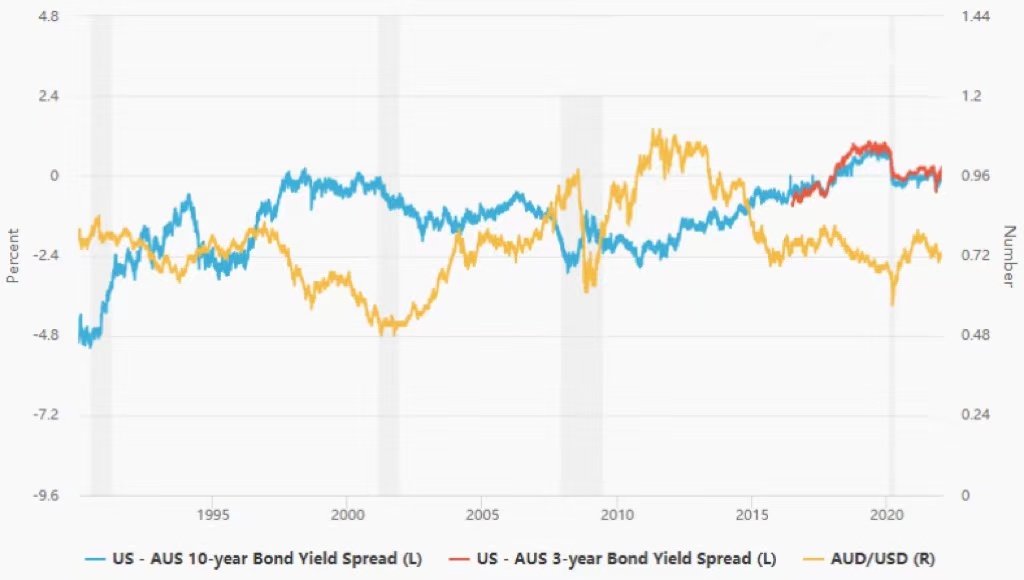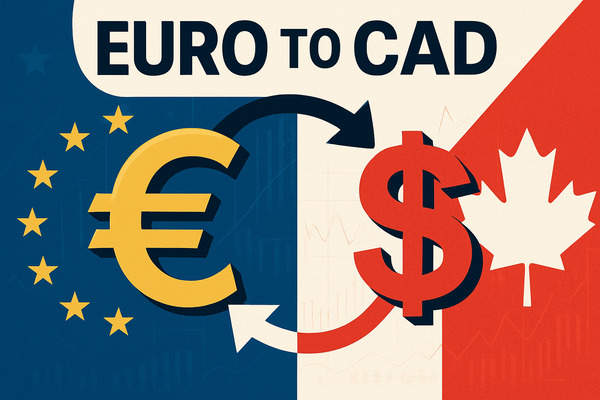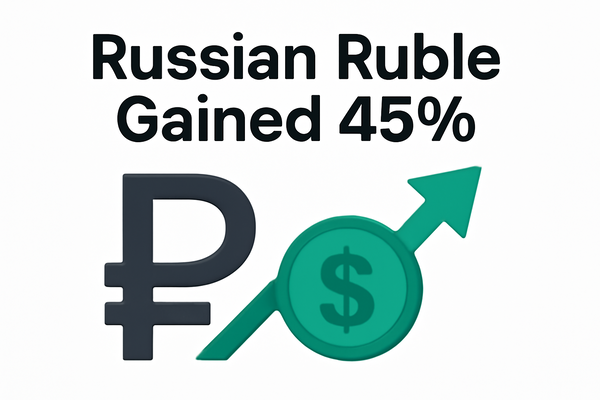How currency affects bond yields
Bonds are long-term debt instruments, and this type of financial asset is also known as "fixed income Securities". In this case, the issuer of the bond collects funds from the buyer. The issuer promises to pay the interest on this loan, also known as the bond yield, and repay the principal on the aforementioned maturity date. Bonds have some characteristics, such as the payment of interest and principal repayment, which are clearly defined at the time of bond issuance and fixed throughout the life cycle of the bond. A bond that matures on a specified date is called a "maturity bond". Most bonds are 'coupon bonds', which means that the issuer of these bonds pays interest in the form of coupon. Bonds can take many forms, such as federal government of the United States securities, government agency securities, municipal bonds and corporate bonds.
As a trader, it should be noted that the core of bond valuation is the current interest rates in the economy, and any fluctuations in interest rates will have a significant impact on this market. This is also why these bonds will more or less attract investors' attention.
For example, if people believe that the volatility of the money market is increasing, they will start looking for other investment options. This approach requires providing investors with a sense of security during periods of market turmoil, as they often choose to invest in safe haven financial instruments, such as bonds. All you need is to deposit the funds in the bonds and cash them out on the maturity date. Bonds generate fixed risk-free income, which helps investors avoid risks in the foreign exchange market.
Therefore, the golden rule that investors need to remember is that if the volatility of the money market increases, market participants will start chasing stable securities markets, such as bonds. When the market stabilizes, people are more inclined to invest in the money market and earn the "dividends" of economic growth back home.
Bond spreads and exchange rates
Interest rate spread, as the name suggests, is the difference in interest rates. Bond spread refers to the difference between the returns brought by a bond and the financing cost of its investment. The inverted interest rate spread will cause some international hot money (hotMoney flows from countries with low interest rates to countries with high interest rates now. For example, after the Federal Reserve cut interest rates twice, the Chinese stock market, which plummeted by nearly a thousand points, immediately responded positively, which is the reason for triggering the "carry trade". By observing changes in bond spreads and interest rates, we can also analyze the future trend of currency prices.
For example, the figure below shows the price trend of Australia/US dollar from 1990 to 2022 and the bond spread between Australia and the United States.

Upon careful observation of the above chart, when the bond yield difference between 10-year government bonds of Australia and the United States increased from 0.50% in 2002 to 1.00% in 2004, the AUD/USD rose by about 50%, from 0.5000 to 0.7000. The same pattern was repeated in 2007, with the price difference increasing from 1.00% to 2.50% and the AUD/USD increasing from 0.7000 to over 0.9000. So, the golden rule that investors can remember is that as the bond spread between two countries widens, the value of the currency of countries with higher bond yields soars relative to another currency of countries with lower bond yields.
Risk Reminder and Disclaimer: There are risks in the market, and investment needs to be cautious. This article does not constitute investment advice.






















